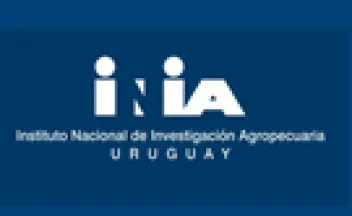Achieving global biodiversity goals by 2050 requires urgent and integrated actions.

Human impacts on the Earth's biosphere are driving the global biodiversity crisis. Governments are preparing to agree on a set of actions intended to halt the loss of biodiversity and put it on a path to recovery by 2050. We provide evidence that the proposed actions can bend the curve for biodiversity, but only if these actions are implemented urgently and in an integrated manner
